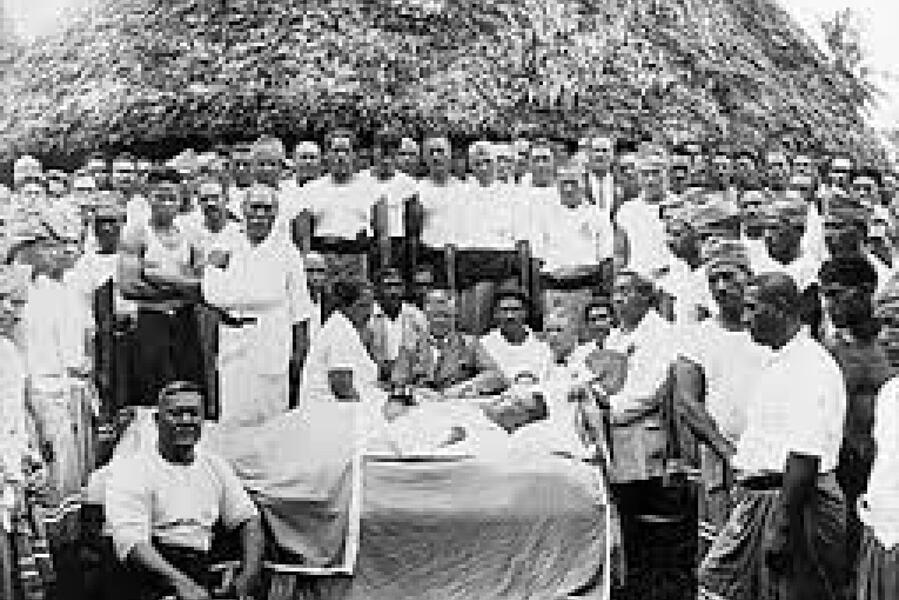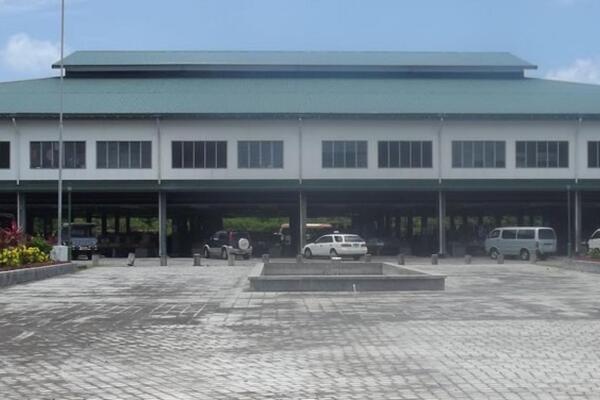Today marks 92 years in what has been called Samoa’s Black Saturday.
It has been recorded as the worst incident in New Zealand’s relationship with Samoa that occurred on Saturday 28 December 1929.
According to Samoa’s history page, the Mau movement culminated on 28 December 1929 in the streets of the capital Apia, when the New Zealand military police fired into a crowd of Samoanson a procession who were attempting to prevent the arrest of one of their members.
The day became known as Black Saturday and 11 Samoans were killed, including Mau leader and high chief Tupua Tamasese Lealofi III with many others wounded.
One New Zealand constable was clubbed to death by protesters after the shooting.
New Zealand military police fired on Mau independence demonstrators with machine gun in Apia, killing 11 Samoans, along with the assassination of independence leader Tupua Tamasese Lealofi III.
In 1929 the Administrator of Western Samoa, Colonel Sir Stephen Allan, decided to crack down on mounting civil disobedience.
When the Mau paraded through Apia in December, he ordered police to arrest one of their leaders.
Violent clashes broke out when the police tried to stop the demonstrators 11 Samoans and one policeman were killed. After this violent show of force the Mau supporters disappeared into the bush.
They came out of hiding in March 1930 and agreed to disperse.
Some closure regarding this dark phase of Samoan history occurred in 2002 when New Zealand Prime Minister Helen Clark apologised for wrongs committed by the colonial administration.










